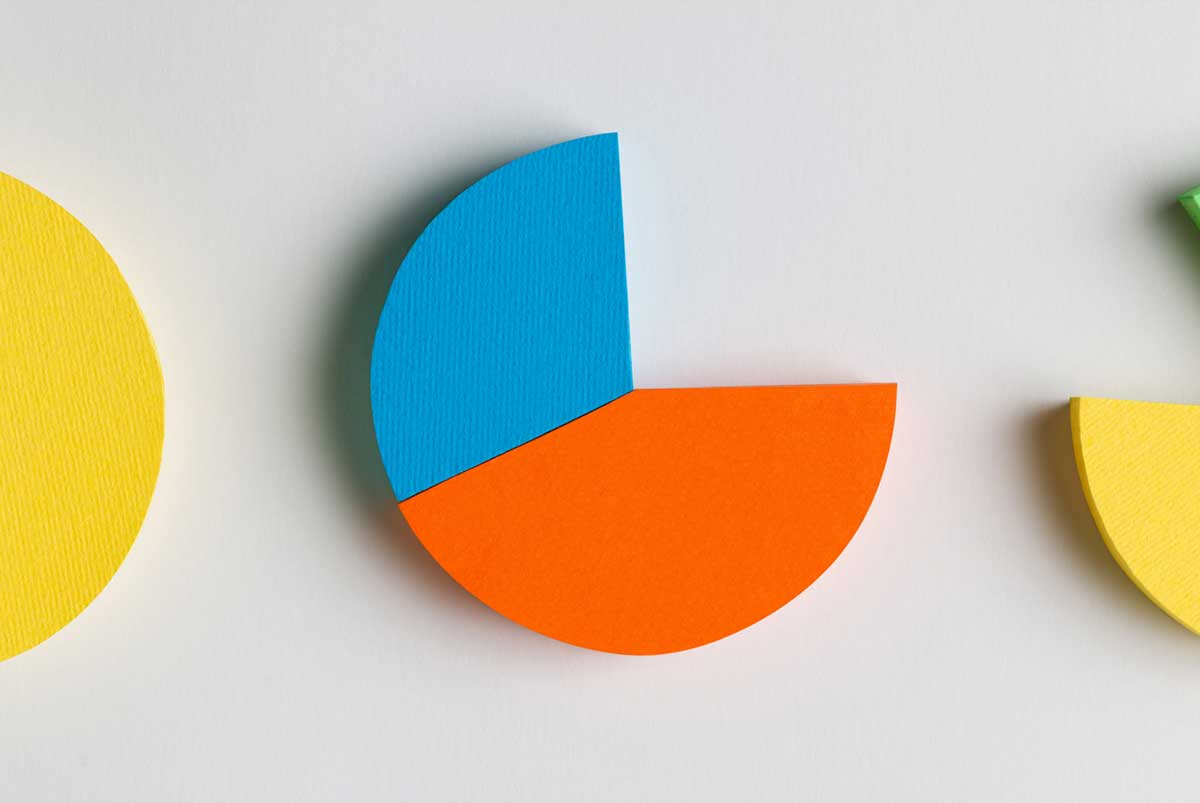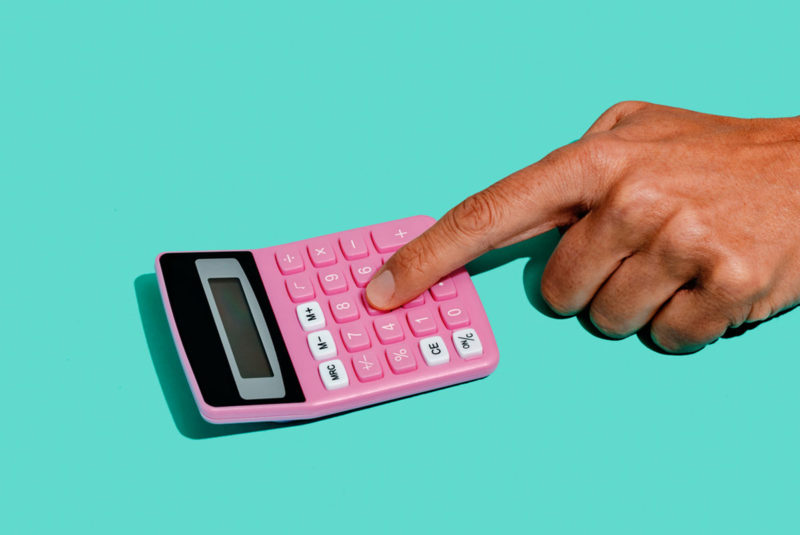If you already know what credit utilization is, you’re probably on the way to building great credit. It’s the percentage of your available credit that you’re using, and it’s a major factor in most credit scoring models. You may have also heard it called the “debt-to-limit” ratio.
Credit scoring models usually see lower credit utilization as better… but can your credit utilization be too low?
What’s the Best Credit Utilization Ratio?
In general, you’ll earn more credit score points in most popular credit scoring models if you’re using 1% of your overall available credit than if you have 0% overall utilization.
If you’re not getting the full number of points available for credit utilization, some may consider that “hurting” your credit scores. But as long as you’re sticking to the fundamentals of good credit and generally keeping your utilization low you’ll probably be in good shape anyway.
What Counts as the Balance in Credit Utilization?
Typically, the balance reported to credit bureaus is your account’s balance on the statement closing date.
If you pay your bill in full by the due date every month, this balance that gets reported is generally the total of all the new transactions on your account since your last statement closed, minus any payments you’ve made. If you want to reduce this balance that gets reported, keep reading.
How Can I Have Exactly 1% Utilization?
Aiming for exactly 1% is possible, but it’s not always practical. As long as you’re keeping your overall credit utilization somewhere in the 0% – 10% range you should be in pretty good shape.
But let’s say you spent a lot on your credit card last month, and you’re worried that will result in high utilization on your credit reports. For example, let’s say you have a credit line of $10,000 on a card, and you spent $3,000 in new credit card purchases last month.
If you make a payment of $2,900 before your statement closing date, a $100 balance should end up on your credit reports for the account, which is exactly 1%. In practice, the numbers don’t always work out so evenly, but you can use the same technique to reduce the reported balance.
If you make a payment of $3,000 before your statement closing date instead, a $0 balance would likely end up on your credit reports for this credit card account. That would result in 0% utilization. This isn’t usually a big deal, but you won’t earn as many points in your credit scores than if you had 1% credit utilization.
Generally, if you’re worried you have high credit utilization, you could make a payment before the statement closing date. Don’t sweat it too much if you have high utilization for a month or two, though. Your utilization is based on the currently reported credit card limits and credit card balances. As long as your credit card balances are lower or your credit limits are higher in the near future, the points you get from your overall utilization will bounce back.
Do I Need To Pay Interest To Have 1% Credit Utilization?
There’s a myth that carrying credit card debt and paying interest for a few months, then paying off the total balance, shows lenders that you’re more responsible. This isn’t true.
Showing a balance on your credit reports is not the same as carrying a balance. If you use a credit card regularly and pay the total new balance on time (on the due date, for example) every month, the statement balance will still be reported on your credit reports. The only way to get 0% reported utilization is to pay off a card completely before your statement closing date.
Should I Try To Get a Perfect Credit Score?
At 0% utilization, you won’t get all the credit score points available, but you’re not really “hurting” your credit much, and it shouldn’t lead to bad credit if you’re managing your debts carefully.
Once you have a FICO® or VantageScore® above 750, your credit is already in great shape. Lenders will likely give you their best terms at that level.
If you’re pursuing a “perfect” 850 credit score, hitting exactly 1% utilization may help you get there, but getting a perfect credit score isn’t necessary to get the best credit cards on the market.
Credit scoring models are very complex, and if you try to manipulate them to get those last ~50 – 100 points, you may end up doing more damage than good. In general, if you stick to the fundamentals of building and maintaining good credit, you should be in good shape.
The Short Version
- Your credit utilization, which refers to the ratio of your amounts owed to your total available credit, plays a big role in determining your creditworthiness
- Lower utilization is virtually always better for your credit scores, though a ratio of 1% is often considered the ideal credit utilization rate
- Typically, the balance reported to credit bureaus is your account’s balance on the statement closing date




